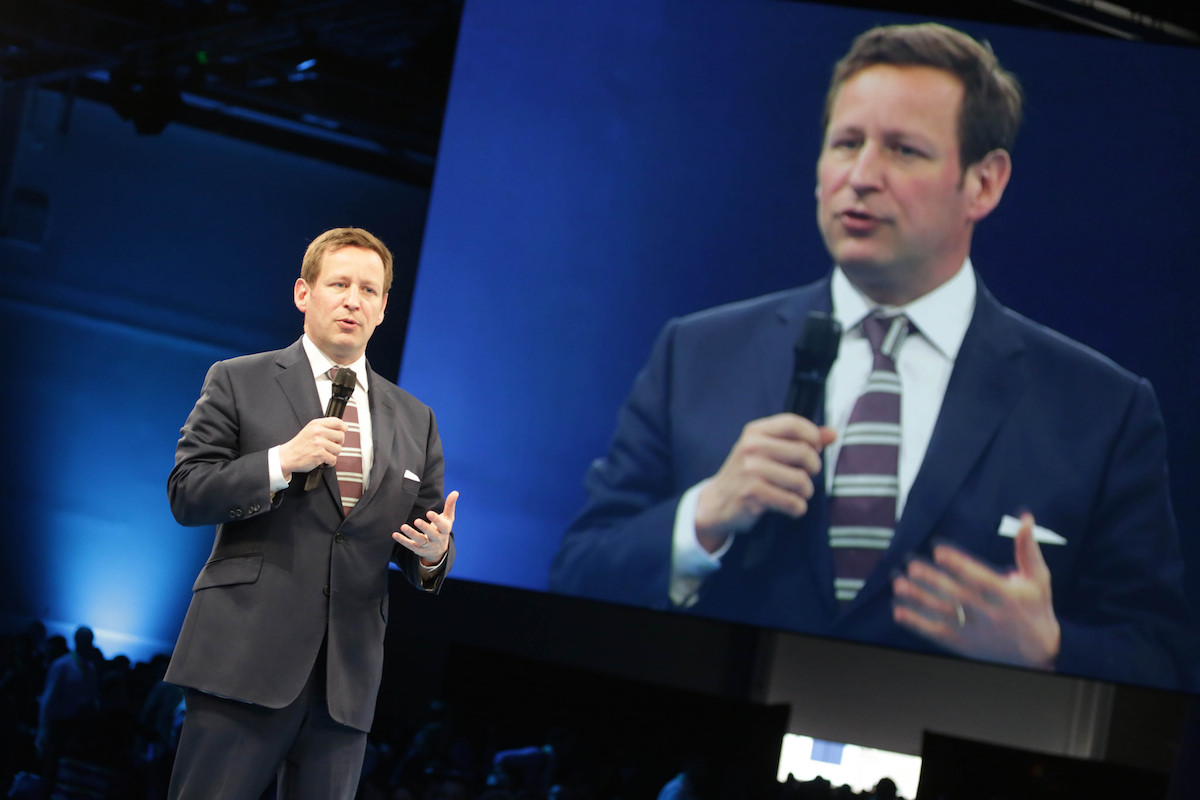Broadband Commission bangs drum for global approach to spectrum issues
Future may be mobile, but fixed line will be increasingly used for backhaul, research suggests.


The Broadband Commission has called for broadband network spectrum resources to be harmonised at a local and global level to avert the forthcoming crunch in capacity.
In its State of Broadband 2013: Universalizing Broadband report, the Commission, which was founded in 2010 by the International Telecommunications Union (ITU) and UNESCO, highlighted 2012 research by Cisco, which estimated global mobile data traffic grew by 70 per cent in 2012, reaching 885 PB per month by the end of the year.
The same research suggests mobile data traffic is expected to increase 13-fold between 2012 and 2017, reaching 11.2 exabytes per month by the end of that period.
Franois Rancy, director of ITU's Radiocommunication Bureau, told the Global Symposium for Regulators 2013 that an increase in spectrum efficiency by a factor of up to ten will be needed to deal with this growth in demand.
"In any (and every) country, spectrum is a vital part of a coordinated broadband policy for universalising broadband, and deserves careful consideration at the national and international levels, in addition to other aspects of broadband policy," the commission stated in the report.
Nevertheless, while mobile broadband is growing, the Commission also highlighted the important role fixed broadband plays in dealing with mobile demand.
"Fixed networks and backhaul networks are helping accommodate growth in mobile traffic ... with a third of all mobile data traffic offloaded to fixed networks in 2012, according to Cisco," the report reads.
Sign up today and you will receive a free copy of our Future Focus 2025 report - the leading guidance on AI, cybersecurity and other IT challenges as per 700+ senior executives
When it comes to developing ways of overcoming the spectrum crunch, the Broadband Commission advocates a "harmonised (approach) on global and regional levels".
"Spectrum bands between 40-100 MHz can be beach-front' spectrum for mobile broadband in remote areas and for deep indoor coverage in urban areas. Advanced mobile broadband connectivity with very high peak data rates could use spectrum bands up to 6.5GHz," it suggests.
However, the organisation also warns governments, when considering new approaches to spectrum management, to take the expected needs of different services, such as satellite services, into account as well.
"Spectrum for multi-gigabit backhaul systems also needs to be secured to avoid future bottle-necks," it added.

Jane McCallion is Managing Editor of ITPro and ChannelPro, specializing in data centers, enterprise IT infrastructure, and cybersecurity. Before becoming Managing Editor, she held the role of Deputy Editor and, prior to that, Features Editor, managing a pool of freelance and internal writers, while continuing to specialize in enterprise IT infrastructure, and business strategy.
Prior to joining ITPro, Jane was a freelance business journalist writing as both Jane McCallion and Jane Bordenave for titles such as European CEO, World Finance, and Business Excellence Magazine.
-
 How the UK public sector could benefit from strategic channel partnerships
How the UK public sector could benefit from strategic channel partnershipsIndustry Insights Is the channel the answer to the growing cost vs budget problem facing the public sector?
-
 Microsoft wants to replace C and C++ with Rust by 2030
Microsoft wants to replace C and C++ with Rust by 2030News Windows won’t be rewritten in Rust using AI, according to a senior Microsoft engineer, but the company still has bold plans for embracing the popular programming language
-
 HPE inks $2 billion high-performance computing deal with the NSA
HPE inks $2 billion high-performance computing deal with the NSANews HPE will provide scalable on-premises computing to the NSA using Greenlake
-
 White House launches official investigation into use of personal email accounts
White House launches official investigation into use of personal email accountsNews Senate Intelligence Committee rebukes Kushner for omitting private account
-
 UK to re-invest £645m into 'superfast' broadband rollout
UK to re-invest £645m into 'superfast' broadband rolloutNews £465 million was recovered from contract clauses with BT
-
 UK government offers £16m 5G research fund for 2018 trials
UK government offers £16m 5G research fund for 2018 trialsNews Three universities will share the cash to help develop test networks
-
 Ofcom: Millions of homes unable to access "decent" broadband
Ofcom: Millions of homes unable to access "decent" broadbandNews Regulator Ofcom says an "unacceptable" number of businesses and homes cannot access speeds over 10Mbit/s
-
 Autumn Statement: Hammond wants to turn startups into scale-ups
Autumn Statement: Hammond wants to turn startups into scale-upsIn-depth Chancellor announces 5G funding and cash for driverless cars
-
 Telcos offer Europe 5G networks if EU weakens net neutrality
Telcos offer Europe 5G networks if EU weakens net neutralityNews Mobile companies say net neutrality threatens their returns on investment in 5G
-
 Are we really better off as part of the EU?
Are we really better off as part of the EU?News Ed Vaizey certainly thinks you are if you’re a start up or innovator…